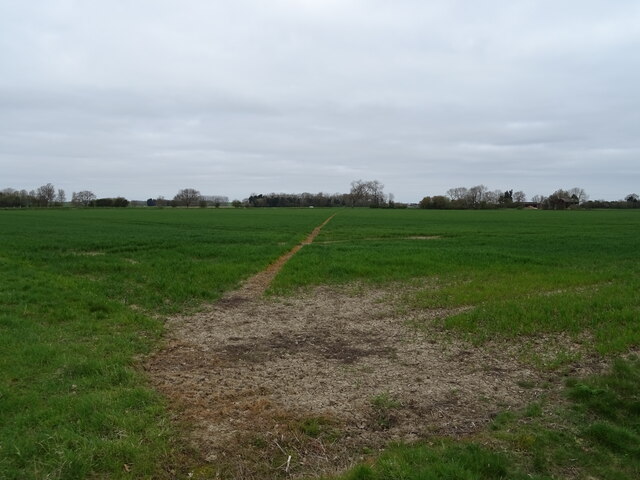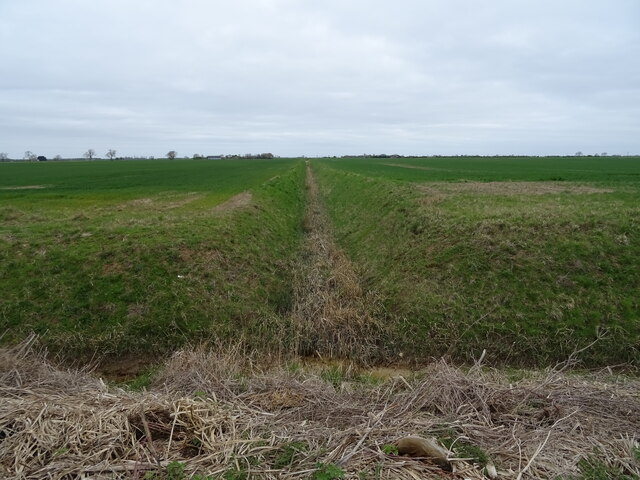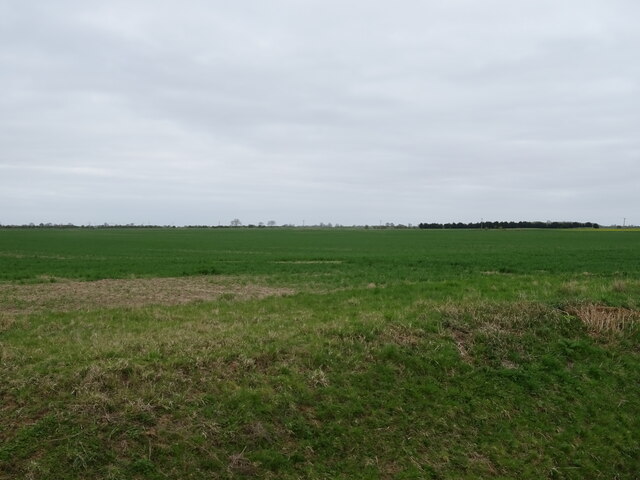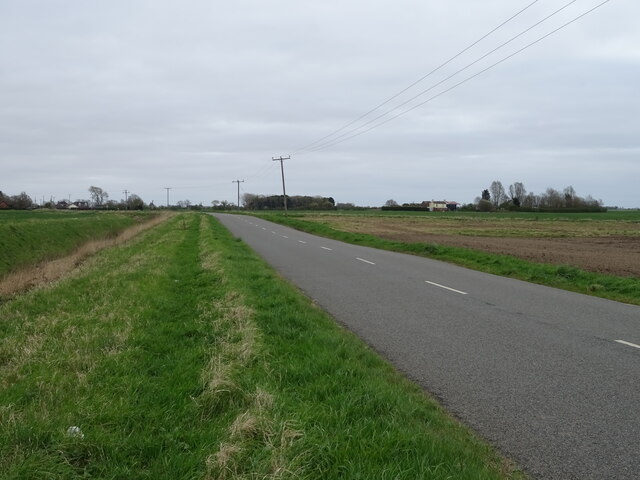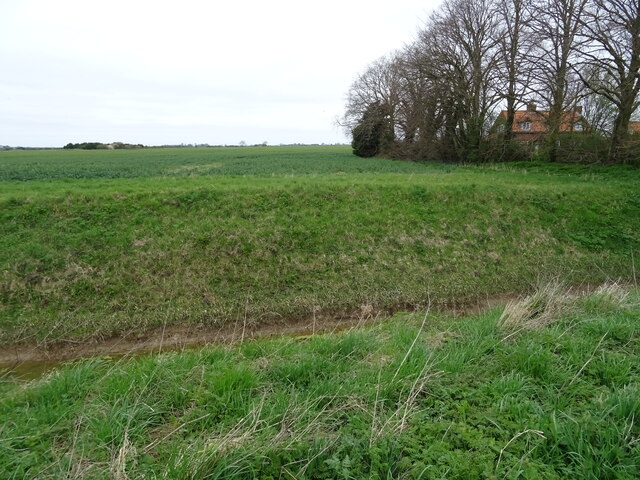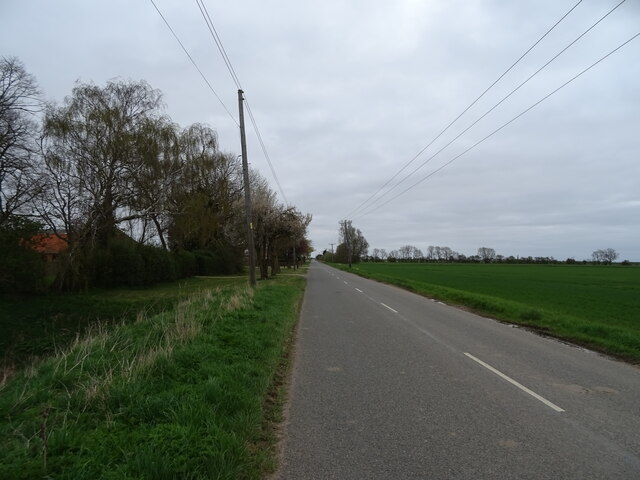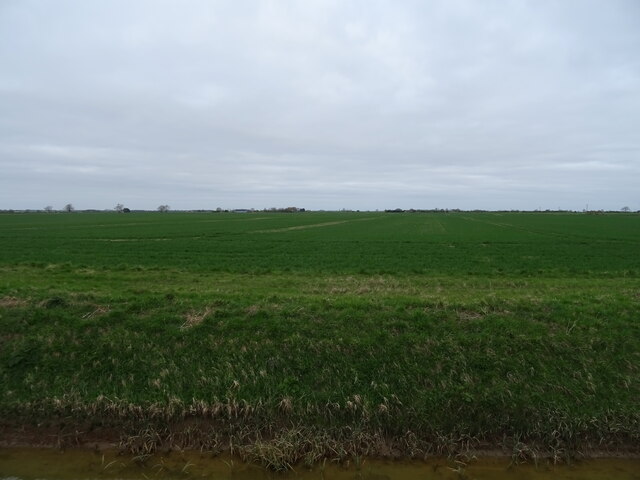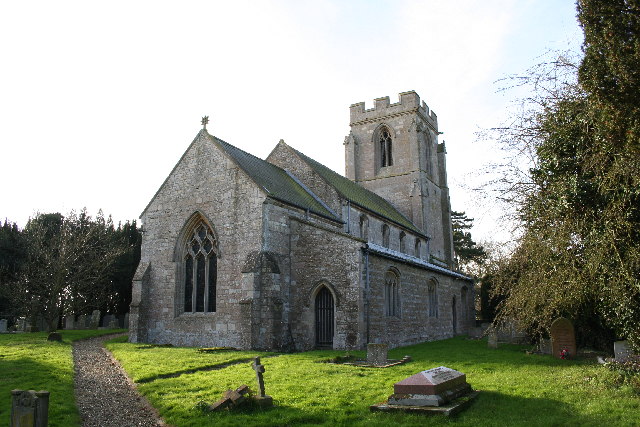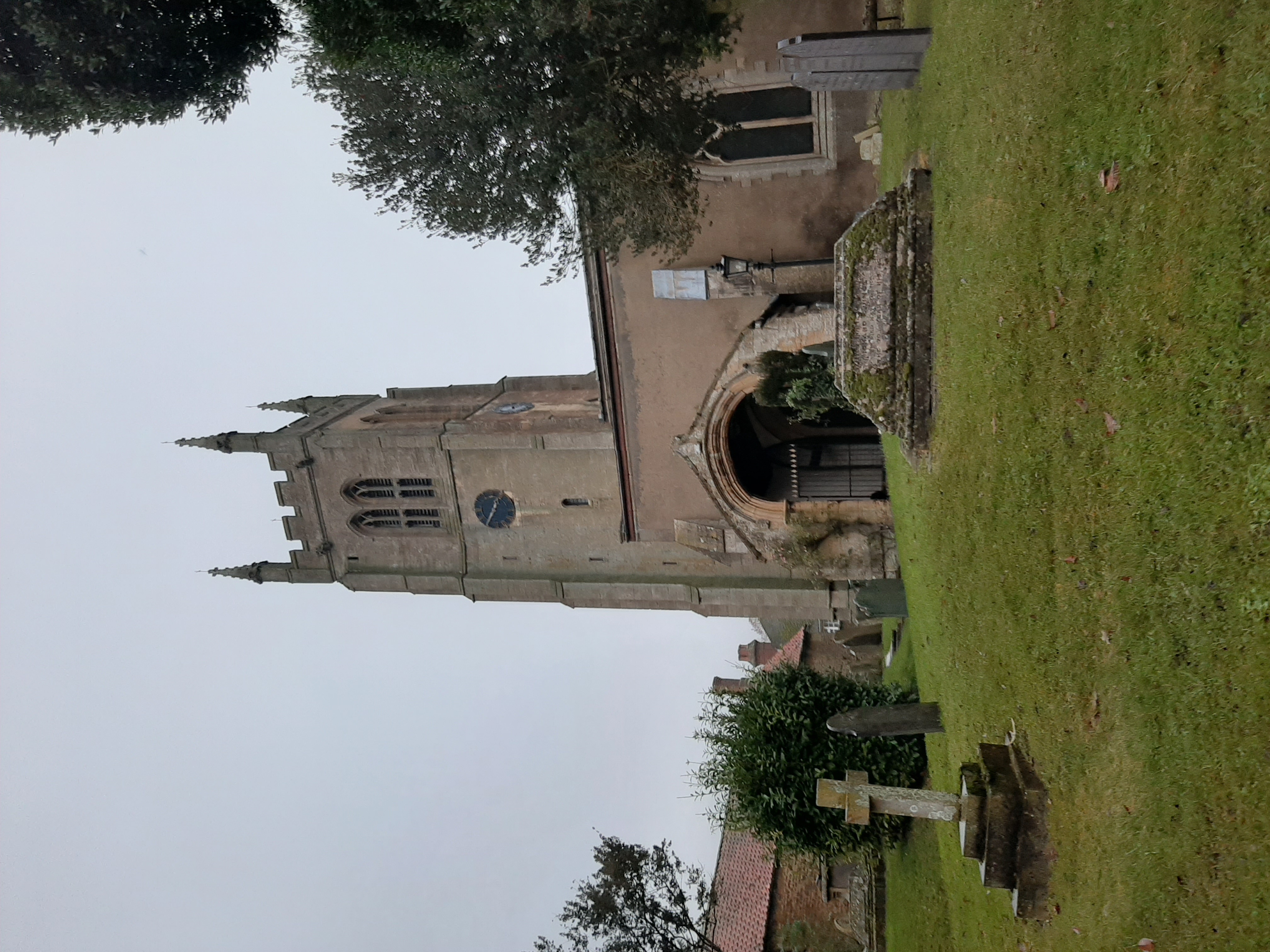Rippingale Fen
Downs, Moorland in Lincolnshire South Kesteven
England
Rippingale Fen
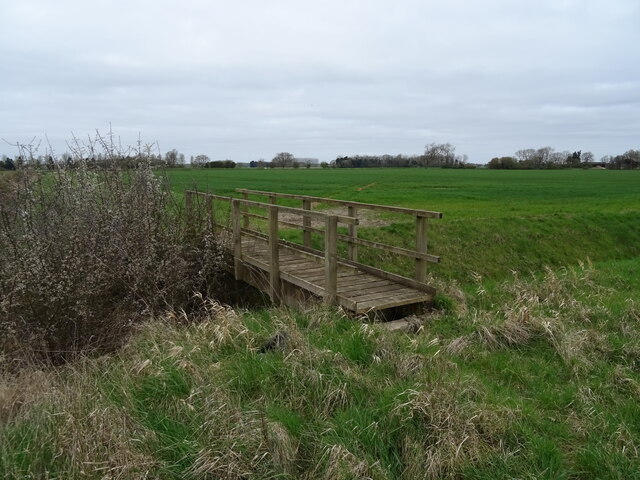
Rippingale Fen is a picturesque nature reserve located in Lincolnshire, England. Covering an area of approximately 100 hectares, it is characterized by its diverse landscape, encompassing downs, moorland, and fen. The reserve is a haven for wildlife, attracting a wide variety of plant and animal species.
The fen area of Rippingale Fen is particularly noteworthy, as it supports a unique ecosystem. Here, visitors can observe rare and delicate plants such as fen orchids and marsh cinquefoil. The fen is also home to a variety of wetland birds, including bitterns, reed warblers, and sedge warblers. These birds can often be heard singing their melodic tunes throughout the reserve.
The downs and moorland areas of Rippingale Fen offer breathtaking views and a chance to spot other wildlife species. Rabbits, hares, and deer are frequently seen grazing in the open fields, adding to the natural beauty of the reserve. The moorland is covered in heather and gorse, providing a colorful backdrop during the summer months.
Visitors to Rippingale Fen can enjoy walking trails that wind through the different habitats, allowing them to explore and appreciate the diverse flora and fauna. The reserve is also equipped with bird hides and observation points, providing excellent opportunities for birdwatching and photography.
Overall, Rippingale Fen is a tranquil and enchanting nature reserve, offering a true escape into the beauty of Lincolnshire's countryside. It is a must-visit destination for nature enthusiasts and those seeking a peaceful retreat surrounded by stunning natural landscapes.
If you have any feedback on the listing, please let us know in the comments section below.
Rippingale Fen Images
Images are sourced within 2km of 52.837596/-0.30267674 or Grid Reference TF1428. Thanks to Geograph Open Source API. All images are credited.
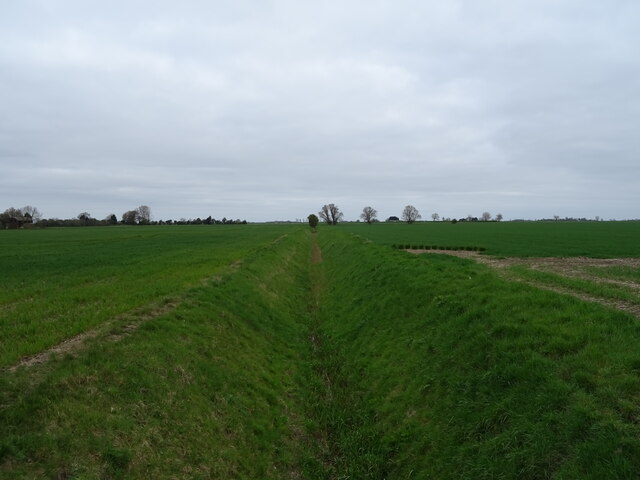
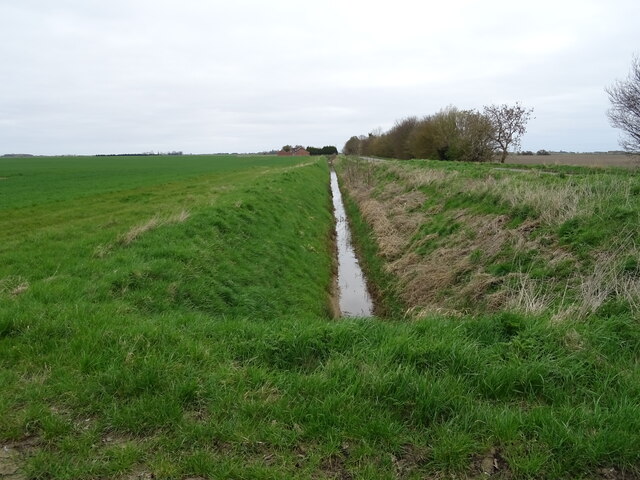
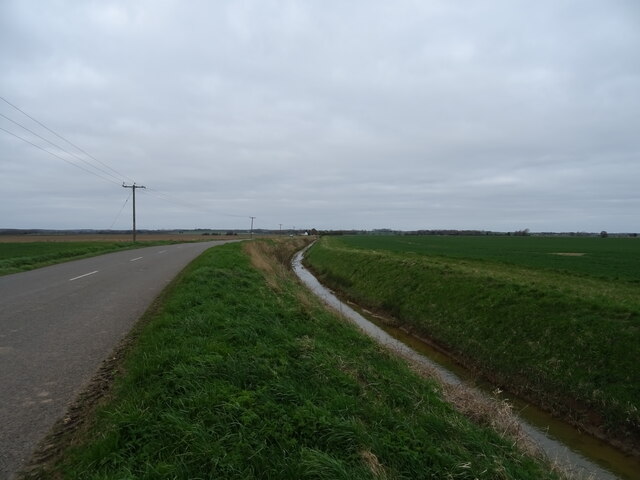



Rippingale Fen is located at Grid Ref: TF1428 (Lat: 52.837596, Lng: -0.30267674)
Administrative County: Lincolnshire
District: South Kesteven
Police Authority: Lincolnshire
What 3 Words
///incensed.gender.talent. Near Billingborough, Lincolnshire
Nearby Locations
Related Wikis
South Forty-Foot Drain
The South Forty-Foot Drain, also known as the Black Sluice Navigation, is the main channel for the land-drainage of the Black Sluice Level in the Lincolnshire...
Rippingale railway station
Rippingale railway station was a station serving the villages of Rippingale, Dowsby and Dunsby, Lincolnshire on the Great Northern Railway Bourne and Sleaford...
Dowsby
Dowsby is a village and civil parish in the South Kesteven district of Lincolnshire, England. It is situated on the western edge of The Fens at the junction...
Dowsby Hall
Dowsby Hall is an early 17th-century house situated in Dowsby, Lincolnshire, England, and 6 miles (10 km) to the north of Bourne. Originally a much grander...
Dunsby
Dunsby is a small village and civil parish in the South Kesteven district of in Lincolnshire, England. It is 4 miles (6.4 km) north from Bourne, just east...
Rippingale
Rippingale is a village and civil parish in the South Kesteven district of Lincolnshire, England. The population of the civil parish was 929 at the 2011...
St Andrew's Church, Rippingale
The Church of St Andrew in Rippingale, Lincolnshire, England, is a Grade I–listed Anglican church. The earliest phase of the church dates back to the mid...
Pointon
Pointon is a small village situated 7 miles (11.3 km) north of Bourne, in the South Kesteven district of Lincolnshire, England. It forms part of the civil...
Nearby Amenities
Located within 500m of 52.837596,-0.30267674Have you been to Rippingale Fen?
Leave your review of Rippingale Fen below (or comments, questions and feedback).
